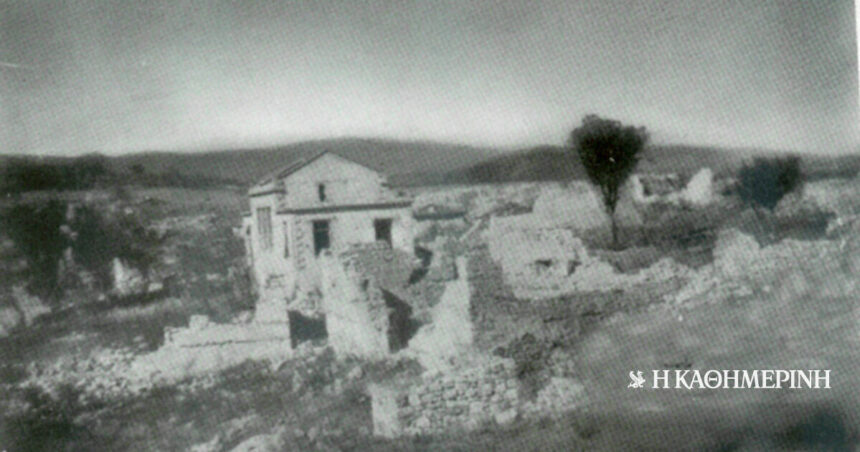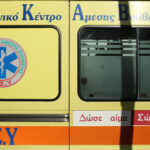After its occupation by the Axis troops, Greece was divided into three zones of occupation. Being the power that essentially subdued the Greek armed forces, Germany placed under its control strategic points of Greek territory, such as the two major urban centers, Athens and Thessaloniki, Macedonia between Aliakmons and Strymons, the eastern part of the prefecture Evros, most of Crete and some Aegean islands. The Italian zone of occupation included the areas of Macedonia to the west of Aliakmons, Epirus, the Iptane Islands, the Cyclades as well as eastern Crete.
Satisfying its long-standing desire for a territorial outlet in the Aegean, Bulgaria placed Eastern Macedonia and most of Thrace under its control. Relatively soon, the first actions of resistance were manifested, sometimes spontaneous, such as the hiding of British soldiers who had not had time to leave Greek territory, and sometimes organized by various organizations. In some cases the initiative to create resistance groups was taken by the Communist Party. In Macedonia, as early as the end of May 1941, the Macedonia-Thrace Office of the KKE had decided on the formation of the “Friendly Society” organization and armed groups under the name “Holy Groups”. A few months later, at the end of the summer of 1941, the organizations “Athanassios Diakos” were formed in the area of Kilkis and “Odysseas Androutsos” in the area of Nigrita. The intention of the founders of these organizations to connect the resistance struggle with the Greek Revolution was evident.
On October 11, the Germans judged that in Upper and Lower Kerdylia there was a significant core of people who were either rebels or fed the resistance organizations.
In September of that year, the members of the “Odysseas Androutsos” group carried out various actions against the German gendarmerie stations in the prefecture of Serres. The German authorities initially failed to arrest the perpetrators, failing to collect sufficient evidence. On October 11, however, the Germans judged that they now had all the evidence they needed to understand that in Ano and Kato Kerdylia there was a significant core of people who were either insurgents or were feeding the insurgents of the resistance organizations. On October 12, German soldiers they searched the two villages, interrogated their inhabitants, executed one citizen, arrested some others and set fire to some rebel houses. Leaving, their leader told the assembled residents that they should refrain from any act of resistance against the German authorities, or all the men would be executed and all the houses would be set on fire.
The Kerdyllian massacre was one of the first mass executions by German troops.
In the following days, German troops raided villages in the prefecture of Serres, executing four people and destroying dozens of houses. On the morning of October 17, the German soldiers returned to Ano and Kato Kerdyllia, surprising their inhabitants. Almost all of their inhabitants were arrested. Male residents between the ages of 16 and 60 were gathered in locations outside the two villages. More than 210 Kerdyllian men were executed by German forces that day. Very few were released, mainly the elderly, after they were first forced to take care of the burial of those executed. The houses of the residents of Kerdyllia were set on fire. Women and children were allowed to leave and go to neighboring settlements.
The Kerdyllian massacre was one of the first mass executions by German troops. After the end of the Second World War, the remaining inhabitants of Ano and Kato Kerdyllia founded the settlement of Neo Kerdyllia. By presidential decree of 1998, the community of New Kerdyllia was characterized as martyrdom.
Column Editor: Myrto Katsigera, Vassilis Minakakis, Antigoni-Despina Poimenidou, Athanasios Syroplakis




